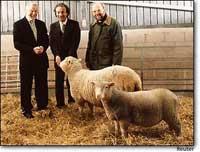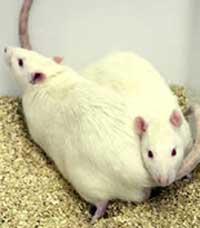Call me if you can
2004/01/25 Roa Zubia, Guillermo - Elhuyar Zientzia
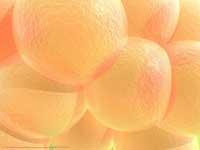
If someone comes from space and wants to know human civilization, what would scientists teach him? Space travel? The most powerful computers? New materials? Perhaps transgenic plants? It is difficult to say what is the best exponent of current technology. Anyway, almost certainly, someone would say: "We are able to copy living beings. We can clone them."
Cloning is the challenge of biotechnology, but also the phantom of ethics. In fact, the visitor of the space would know the debate between human beings. I would listen to efforts to guide public opinion on a topic that seems so serious to us. And it is serious. Is it possible to copy living beings? Furthermore, is it possible to duplicate human beings?
Could you clone to living beings? ". And in the answer, among other things, I would hear the story of the sheep Dolly. The Dolly sheep was the success of biotechnology, the story of the lamb that arose from an adult sheep cell. But, on the other hand, Dolly is a failure of biotechnology because it was not a normal and healthy sheep. At the age of six he died as an old sheep.
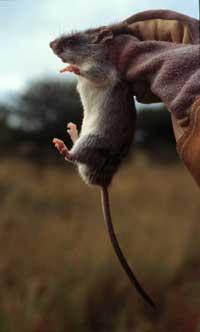
Dolly is nothing more than a sheep and does not pose great ethical problems, but man does. What if we tried to clone the man? The question is important. However, before moving forward, it is worth analyzing what we are asking.
The general idea is to introduce the genetic information extracted from any adult cell into an egg instead of its chromosomes. It can be taken from the blood or a hair, or from cells that accompany the txistu in the mouth. It is easy. This cell is removed from chromosomes, an egg is "empty", and chromosomes from the cell are added to the egg. Nothing more. In this way, we would have a new embryo that would be implanted in the uterus of a female. As a consequence of this process the clone would be born.
But not all animals are equal. Neither in biology in general, nor from the point of view of cloning. Some, such as sheep, mice, cows or goats, were cloned easily from Dolly's experience. Cloning of rabbits, pigs, or horses was more complicated; they had many problems transferring the embryo and properly controlling pregnancy.
The rat cloning was very recent, as the eggs begin to unfold quickly without leaving time for biologists to introduce genetic material (the difference between the mouse and the rat is surprising, similar but very different to work with one or the other). With other animals they have not yet achieved it.
In the list of those who have not been able to clone is the macaque Reshus, a primate. He is particularly interested in the closeness to the human being. But we do not know to what extent both cases are comparable. However, scientists have understood what is the main problem of macaque in order to clone. The cells do not divide properly because in the process some of the proteins necessary for it are lost. It is possible that when genetic information is extracted from the egg, proteins are extracted. And if that's the only problem, macaques will clone before or after.
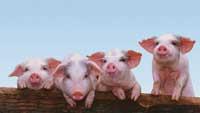
And humans? Can they be cloned in the same way? Despite getting it, it is somewhat obscure.
Cloned animals have many diseases. All. Ruminants, for example, develop excessive growth syndrome, as sometimes occurs in human in vitro fertilisation. On the other hand, the genes of the new clone are not well reprogrammed, that is, the body does not know which genes should activate and when; the list of diseases that can develop as a result of this imbalance is very long.
In addition, certain characteristics of age-related chromosomes remain unbalanced in the cloning process. In fact, there are structures called telomeros that do not have an adequate length in the embryo; it can be said that the starting point of the new cloned life is sometimes an adult animal. If biologists are not wrong and telomeres have to do with aging, it is little wonder that the clone dies before other animals.
Finally, all these "errors" of cloning vary depending on the type of initial cell. Taking adult cell of the skin or muscle is a different clone.
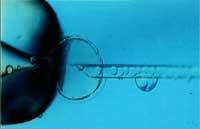
You have to control many factors, right? The visitor would say that it is not true, that we cannot clone living beings. And, once out, we should face the most important question of the debate. Do we begin to clone to man?
Perhaps reflection should not only be an ethical but also biological debate. And at this moment the contribution of biologists is very valuable, and biology says that perhaps we are not yet willing to do so.
Published in 7K.

Gai honi buruzko eduki gehiago
Elhuyarrek garatutako teknologia




